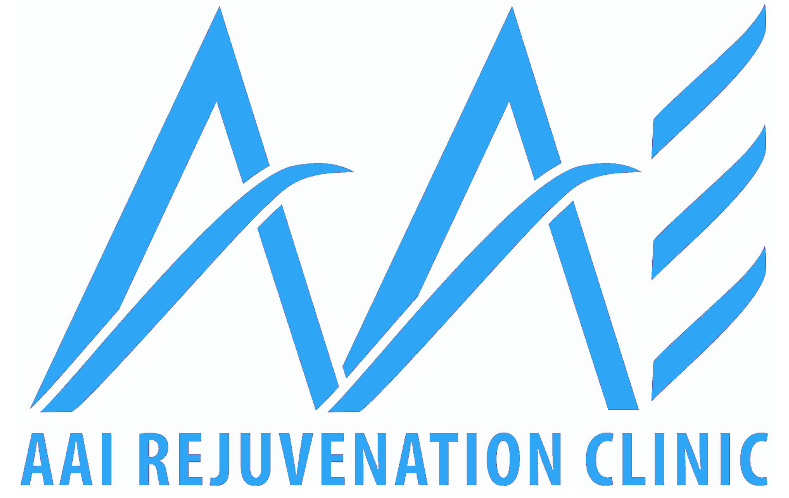Sermorelin Peptides & GHRP
Sermorelin Peptides
One of the major roles of many peptides is to function as peptide hormones, which carry signals between cells and glands. These hormones regulate critical physiological processes, including blood sugar, sleep, growth, and much more. They are produced by endocrine glands such as the pituitary, adrenal, pineal, thyroid, and parathyroid glands, the pancreas, testes, and ovaries, as well as the liver, intestines, stomach, adipose tissue, and kidneys. Common peptides hormones include oxytocin, gastrin, bradykinin, hGH, adrenalin, and insulin.
There are several other types of peptide:
• The brain produces neuropeptides, which are found in neural tissue. They are an extension of your neural system throughout the body, meaning that they act as regulators and signals in various processes triggered within the brain. Endorphins are an example of a neuropeptide.
• Alkaloids are peptides that are commonly involved in developing defense mechanisms in small animals, plants, and fungi. Examples include dynorphin, panda mini, and ergotamine.
• Peptides can work as antibiotics to prevent the growth of microorganisms in the body.
GHRPs
Growth hormone-releasing peptides (GHRPs) are a family of synthetic peptides that stimulate GH secretion. Importantly, they have no structural similarity to sermorelin or GHRH; instead, they function via receptors in the pituitary gland and/or hypothalamus. At AAI Rejuvenation Clinic, we compound two different GHRPs (GHRP-2 and GHRP-6) into the sermorelin mixture. The resulting mixtures, sermorelin peptides GHRP2 and sermorelin peptides GHRP6, are particularly potent and effective GH-inducing agents that yield comparable results to typical yet considerably more expensive hGH therapy.
GHRP-2
GHRP-2 is a synthetic analog of the peptide hormone ghrelin. Ghrelin is a small 28 amino acid peptide that is produced by the stomach in response to hunger. It also activates the growth hormone secretagogue receptor (also known as the ghrelin receptor) to stimulate GH production and metabolism. GHRP-2 functions similarly to stimulate the hypothalamus and increase the production of endogenous GH from the pituitary gland; synthesis then slowly drops back to baseline by the third hour after administration. This more closely replicates the pulsatile nature of endogenous GH production, which makes it advantageous and potentially safer compared with synthetic hGH use.
Here are some key facts about GHRP-2:
• GHRP-2 (also known as pralmorelin or KP 102) is a synthetic hexapeptide GHRP that acts on the hypothalamus and pituitary gland to stimulate GH secretion; it also has a slight stimulatory effect on prolactin, ACTH, and cortisol secretion.
• GHRP-2 is an hGH secretagogue; it effectively stimulates the secretion of endogenous hGH. GH promotes lean body mass and reduces adiposity (fat mass).
• It has a short half-life of 5–30 minutes.
• GHRP-2 is a second generation GHRP. It is much more effective at stimulating GH production than GHRP-6.
• Because it stimulates GH production, GHRP-2 also increases IGF-1 levels. Even greater results are achieved when it is used in combination with sermorelin.
• Unlike ghrelin and GHRP-6, GHRP-2 does not affect the appetite and is not lipogenic. This means that it does not induce fat storage.
GHRP6
GHRP-6 is a hexapeptide synthetic analog of met-enkephalin, which is an endogenous opioid growth factor; however, GHRP-6 does not exhibit opioid activity. GHRP-6 works similarly to GHRP-2; however, it is a first-generation GHRP that does not induce GH levels as strongly as GHRP-2. Instead, it promotes food intake by stimulating hunger and helps increase energy metabolism; therefore, it is good for patients that need to increase their food intake.
Here are some key facts about GHRP-6:
• GHRP-6 is most commonly used for the treatment of GH deficiency, as well as eating disorders.
• GHRPs act synergistically with GHRH, which is related to sermorelin, to stimulate larger releases of GH.
• GHRP-6, the first GHRP, was developed in the 1980s. It became the first member of a class of drugs called GH secretagogues because of its potent ability to stimulate GH secretion.
• GHRP-6 acts on the ghrelin receptor in both the pituitary and hypothalamus in both a time- and dose-dependent manner.
Combination Treatment With Sermorelin and GHRPS
Both GHRP-2 and GHRP-6 bring great benefits to a sermorelin protocol. They are effective for treating the age-related decline in GH levels when used in combination with sermorelin.
When used with an equal dose of GHRH, GHRPs create a 3-hour pulse of GH that is double the amplitude of 8 IU of synthetic GH, resulting in:
• Increased energy
• Improved sleep
• An increased lean body mass
• A reduced body fat mass
• Increased collagen production
• An enhanced healing capacity
These factors not only make it more effective, but also a safer and healthier alternative to exogenous GH.
When considering GH therapy, personal preference and characteristics are always the determining factors. However, a sermorelin plus GHRP combination is a wonderful option to allow you to get back your vitality and youth.
Contact us at your earliest convenience so we can give you more information about how HGH therapy and/or sermorelin therapy can make a difference to your health. We look forward to helping you decide which replacement therapy is best for you. AAI Rejuvenation Clinic’s anti-aging professionals are your personal resource to help you extend your life and get more from it.
Sermorelin Injection – Curious about Benefits of Sermorelin Therapy? Read more about what you can expect from this treatment and contact us for more information (866) 224-5698
Fill out the below form to hear from us within 24 business hours.
How useful was this post?
Click on a star to rate it!
Average rating 5 / 5. Vote count: 301345
No votes so far! Be the first to rate this post.
